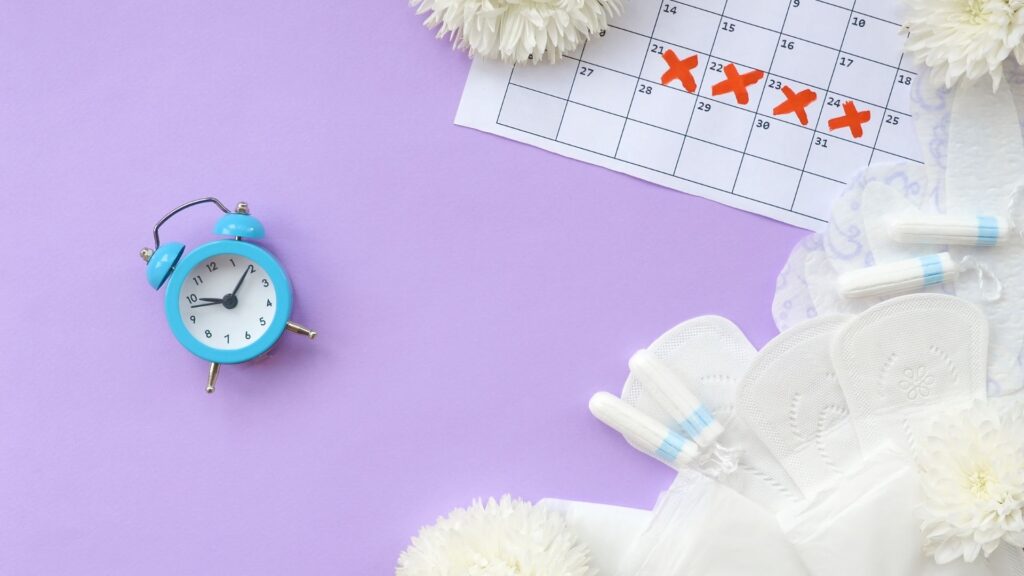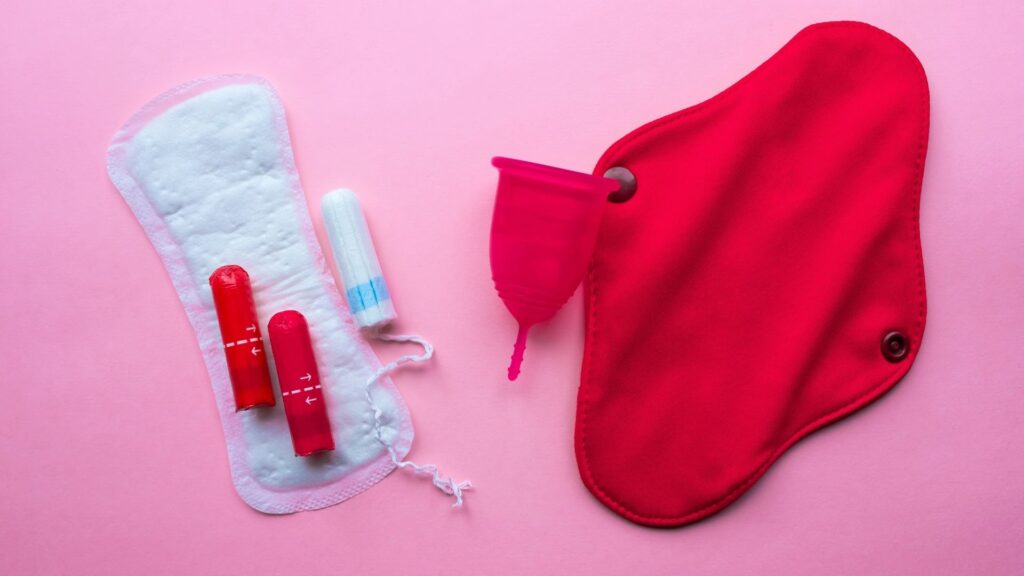Stuti Mehta
Despite significant strides being made in addressing the social and material discomforts around menstruation, it remains a stigmatised aspect of health in India. Poor menstrual hygiene is a leading cause for various urogenital infections among menstruators. At the same time, social taboos make it difficult for people to access the right facilities and resources for their menstrual health. In this piece, we use the term ‘menstruators’ to denote all people who menstruate, regardless of their gender identity.
In a nutshell: ‘Period poverty’ refers to the lack of access to necessary resources – such as reliable information, menstrual products, clean toilets, and waste disposal systems – that help a menstruator lead a healthy and fulfilling life. This is known as period poverty, and is a serious public health issue with wide-ranging social, economic, and health impacts.
Why it matters: Over half the world’s population menstruates at some point in their lives. Some people’s lives, however, are more severely impacted by menstruation than others’, owing to their socio-economic contexts. According to the National Family Health Survey conducted in 2016, for example, it was found that nearly 78% of urban women aged 15-24 engaged in ‘hygienic menstrual practices’, which were described as the use of sanitary napkins (including those locally produced) and tampons. This was in contrast to just 48% of rural women for whom the same could be said.
The Many Dimensions of Period Poverty

Little Awareness, Large Problems: Lack of awareness and systematic education regarding menstruation and menstrual health in India makes periods difficult for menstruators.
- Menarche (when a person first menstruates) is often met with fear, shock, and guilt among young adolescents, as many are uninformed about menstruation and safe menstrual practices until they experience their first cycle.
- In many contexts where menstruation is a taboo, the topic is rarely discussed, leaving young menstruators to take care of their needs largely by themselves. The limited access to vital information and medical support is a major barrier for them to realise their right to a healthy, dignified life.
Where are the toilets?
Access to clean toilets and running water is inequitable in India. Despite efforts of various governments to transform the sanitation scenario – challenges like prevalence of open defecation are still a reality in many places in the country. Providing access to clean, well-lit toilets with running water is a national challenge. As households often share one common toilet, menstruators also lack access to privacy. This results in significant challenges during menstruation, since access to sanitation facilities is essential for health and dignity during periods.
- Menstruators require privacy, hand-washing, and waste-disposal facilities in their bathrooms. A 2016 study conducted with adolescent girls in Odisha’s Berhampur district found that 58% of the girls chose not to change their pads at the government school they attended, owing to a lack of soaps and dustbins. Menstruation has also been linked to absenteeism in schools, signifying the effect of period poverty on learning outcomes.
Social Roots & Shame: The restrictions faced by menstruators in India are based on notions of purity, associated with beliefs shaped by caste in India. The shame that emerges from these practices is severely damaging to the emotional well-being of menstruators, besides hampering their access to the right products and care that might help with their periods.
- Menstruators are often restricted from entering the kitchen, participating in religious activities, or even touching others while on their periods. Many of these practices are common, even in affluent urban households in India.
- Period poverty is starker in the lives of menstruators from marginalized backgrounds. For instance, domestic workers, daily wagers, or menstruators employed as manual scavengers face additional challenges such as unavailability or denial of access to toilets in their workplaces.
- Workers such as cooks are not allowed to enter the kitchen when they are menstruating, leading to lost wages. The financial necessity to show up for work makes it particularly taxing for those who suffer from severe cramps and other physiological symptoms on their period.

Out of Reach: Low awareness and high costs make it difficult for everyone to have access to menstrual products that can improve their health outcomes.
- For many menstruators, sanitary pads remain an aspiration that is out of their reach. In lower-income households, there is an unfortunate toss-up between buying sanitary napkins and buying other essential products for the whole family’s use. The needs of menstruators, especially women are often side-lined as a result.
- Moreover, the most affordable options remain unavailable to populations that need them most. Commercially available pads are expensive for low-income groups, while low-cost alternatives are either of poor quality or have insufficient reach. Consequently, many menstruators rely on rags and other homemade options such as hay for menstrual hygiene, which are not always safe.
- Safe disposal is another point of consideration, here. Sanitary waste is rarely segregated properly, with 28% of used pads being thrown in the open, and another 28% being thrown in with regular waste. The lack of safe disposal facilities also contributes to the discomfort around using pads.
Health Implications of period poverty are severe and widespread.
- Improper sanitation facilities result in menstruators not changing pads and holding in their pee. This leads to reproductive tract infections, which increases the risk of cervical cancer. It has been estimated that poor menstrual hygiene is responsible for 2/3rd of cervical cancer-related deaths in India.
- Being unable to buy sufficient menstrual products leads to menstruators using them for longer periods of time, or even reusing soiled pads. This also puts them at risk for Reproductive Tract Infections.
- Not being able to access menstrual products and sanitation facilities, along with social stigma related to periods, contributes to negative mental health outcomes.
Solving the Crisis: The Indian government has put in place various policies to help address period poverty, such as the Menstrual Hygiene Scheme (MHS) initiated in 2011, promoting good menstrual hygiene at the Anganwadi level.
- Improving access to widely available disposable sanitary pads is seen as a cornerstone in addressing the issue of poor menstrual hygiene in India. Similarly, many interventions are in action to test the acceptance viability of other period products, especially those that are environmentally sustainable and economically cheaper.

